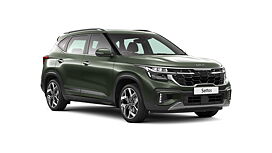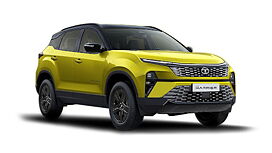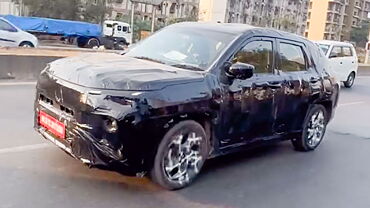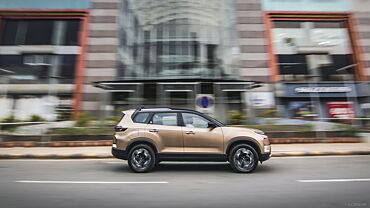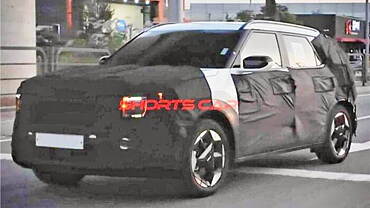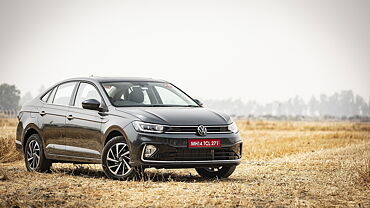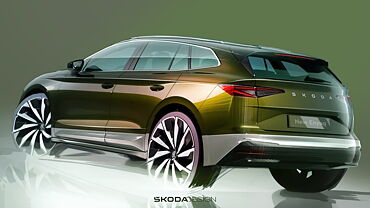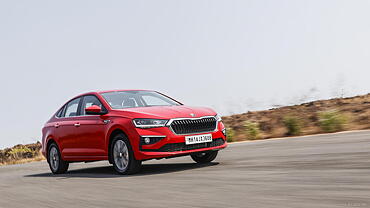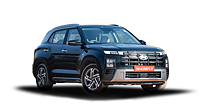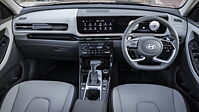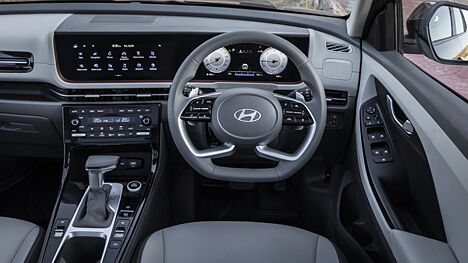
The array of new car launches equipped with ADAS (Advanced Driver Assistance Systems) has brought in adaptive cruise control (ACC) in many cars. While cruise control isn't a new feature, adaptive cruise control is relatively new for the Indian market. Here's all you need to know about this technology.
What is cruise control?
Cruise control is a feature that lets you set a particular speed for your car and as the name suggests — 'cruise'. One doesn't need to use the throttle or accelerator to keep the car going at the set speed. This system controls and brings in some amount of automation in driving a car at a particular speed.

What is adaptive cruise control?
Further to the aforementioned automation, adaptive cruise control is a step up to add more modernisation to this tech. All cars equipped with ADAS most certainly get adaptive cruise control. In this case, once a speed is set, the car will continue to be controlled by this system but will move according to the surrounding traffic speed. That is, if the car in front of you is moving at a speed of 40kmph, adaptive cruise control will maintain a safe distance from that car and keep the speed of your car in accordance with it. The added advantage is that automatic braking will slow down/stop the car without the driver having to intervene till asked to do so by the system.

How do cruise control and adaptive cruise control work?
The cruise control system uses an actuator to control the throttle input and maintain a pre-set speed. This same servomechanism is used in adaptive cruise control too but with the application of brakes through ADAS. In a way, it mimics the way human drivers accelerate and brake in traffic and coast on a highway.

How to use cruise control?
Usually, there are buttons either on the steering wheel or on the stalks behind the steering wheel to set, reset, increase, and decrease the speed of the car. Some cars may have the activation button on the dashboard. Nonetheless, the function is the same, that is, to activate/deactivate it. You can adjust the required speed using buttons '+/-', fix it using 'SET', and cancel with 'CANCEL'. In cars with cruise control, the system's control is anyway cancelled with the application of brakes. Additionally, with 'RESET', the last memory of the set speed can be recalled. Once the process is set, the driver can leave the throttle and just focus on the steering and braking inputs as the car accelerates on its own and cruises at the set speed.

When to use cruise control?
Dual-carriage highways are the most recommended places to use this feature citing safety concerns. But with adaptive cruise control, its applications are even in traffic, making a car a semi-autonomous vehicle with ADAS. But the ideal place remains to be a highway where the driver has to otherwise constantly press the accelerator pedal to cruise at a constant speed. Cruise control will eliminate the need to pin the throttle for this period. Do note, the driver's reaction time to respond to unexpected changes in driving conditions and traffic also tends to reduce with cruise control doing its thing.

Cruise control cars in India
Earlier, only the higher-end cars used to have this feature but now we have cars priced below Rs. 10 lakh with cruise control. The prime examples are the Hyundai Nios and the Tata Punch. And this feature is not limited to the top-spec variants but has trickled down to lower mid-spec trims as well.
Disclaimer: Here's a word of caution regarding the use of this tech as it can't be totally dependable. Engage it only when it feels safe and there are no unusual weather and driving conditions including poor lighting, rain, snow, etc.





